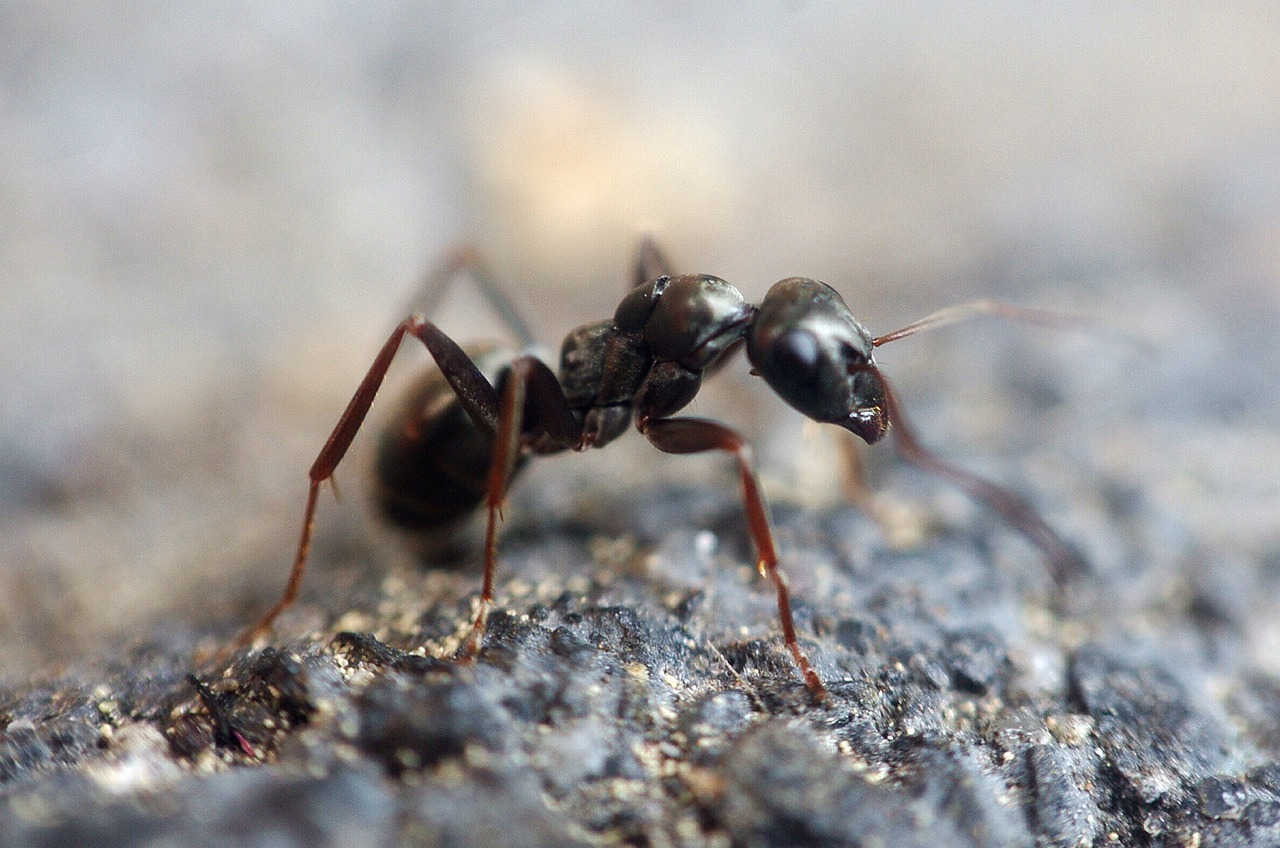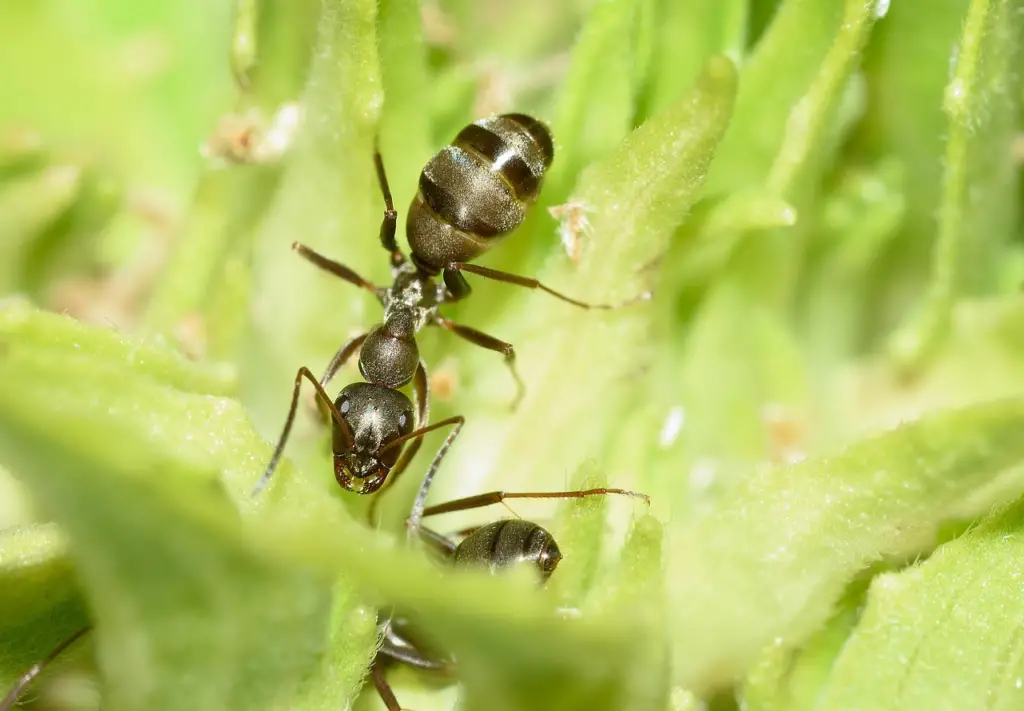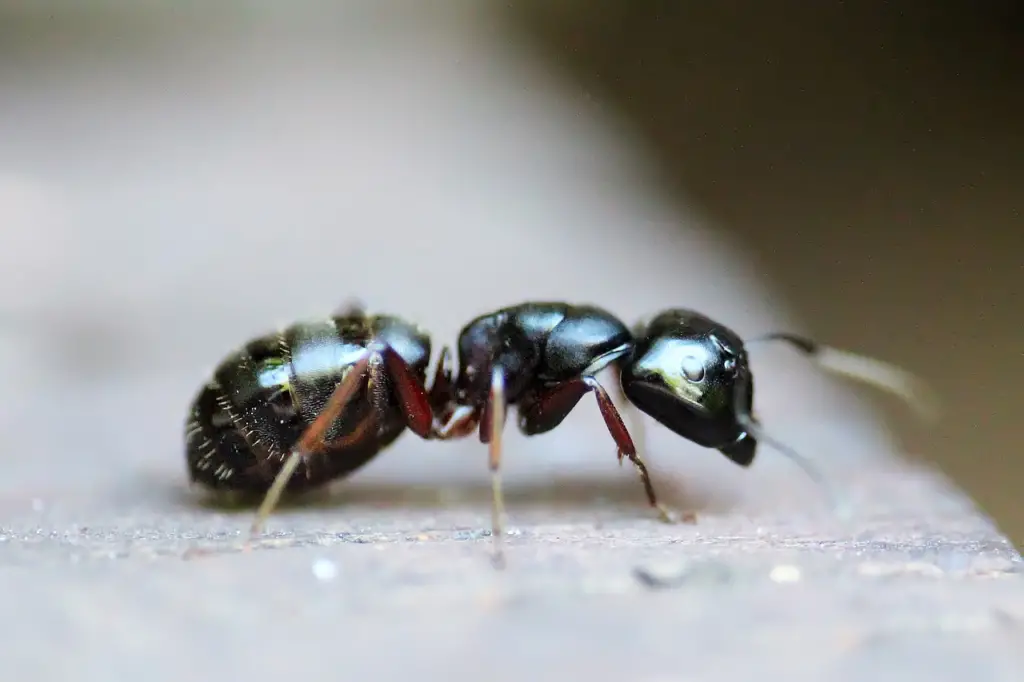Pest Lockdown
How to Get Rid of Sugar Ants: The Ultimate Guide

Sugar ants are a common nuisance in many households, often appearing seemingly out of nowhere and quickly becoming a persistent problem. These tiny invaders are particularly attracted to sweet substances, making kitchens and food storage areas prime targets for their foraging activities. If you’re dealing with an ant infestation, you’re likely wondering how to get rid of sugar ants and searching for effective methods to reclaim your space from these unwelcome guests.
This comprehensive guide will provide you with the knowledge and tools you need to identify, understand, and eliminate sugar ants from your home, car, garden, and beyond. From natural remedies to professional solutions, we cover everything you need to know about getting rid of sugar ants and preventing future infestations. Whether you’re battling ants in your kitchen, bathroom, or even your RV, this guide is your ultimate resource for maintaining an ant-free environment.
Understanding Sugar Ants
What Are Sugar Ants?
Sugar ants are a general term used to describe several species of ants that are particularly attracted to sweet substances. The most commonly known sugar ant in the United States is the odorous house ant (Tapinoma sessile). These ants are small, typically ranging from 1/16 to 1/8 of an inch in length, and can vary in color from dark brown to black. They are named for their attraction to sugary foods, but they will also feed on proteins and fats.
Lifecycle and Behavior
Sugar ants have a typical ant lifecycle that includes four stages: egg, larva, pupa, and adult. The queen ant lays eggs, which hatch into larvae. These larvae are cared for by worker ants until they pupate and eventually emerge as adult ants. Worker ants, which are all female, are responsible for foraging, nest maintenance, and caring for the queen’s offspring. Male ants’ primary role is to mate with the queen, after which they typically die.
Sugar ants are highly social creatures and live in large colonies that can number in the thousands. They communicate through chemical signals called pheromones, which they use to mark trails to food sources. These ants are most active during the warmer months and often enter homes in search of food and water.
In Which Part of the World Do Sugar Ants Live?
Sugar ants are found in various parts of the world, but the odorous house ant is particularly prevalent in North America. These ants thrive in diverse environments, from urban settings to forests and grasslands. They are highly adaptable and can nest in a variety of locations, including soil, under rocks, within logs, and inside buildings. Their ability to live both outdoors and indoors makes them a common household pest.

7 Signs of a Sugar Ant Infestation
- Visible Ant Trails: One of the most obvious signs of a sugar ant infestation is the sight of ants marching in a line. These trails are often seen in kitchens or near food sources.
- Ant Nests: Outdoors, sugar ants may build nests in the soil, under rocks, or within rotting wood. Indoors, they can nest in wall voids, behind baseboards, or under flooring.
- Discarded Wings: During mating season, winged reproductive ants may emerge, and you might find discarded wings near windowsills or other entry points.
- Food Contamination: Finding ants in your food, especially sweet items, is a clear indication of an infestation.
- Frass: This is the debris left behind by ants, including bits of food and fecal matter. It can be found near nesting sites.
- Unpleasant Odor: Odorous house ants, when crushed, emit a smell similar to rotten coconut. If you notice this smell, you likely have a sugar ant problem.
- Increased Activity: During warmer months, you may notice a significant increase in ant activity as they forage for food and water.
Common Entry Points for Sugar Ants
Sugar ants can enter your home through various tiny cracks and openings. Common entry points include:
- Gaps around windows and doors
- Cracks in the foundation
- Holes in walls and flooring
- Openings around utility lines and pipes
- Vents and chimneys
Sealing these entry points can help reduce the chances of an infestation.

Why Sugar Ants Invade Your Home
Attraction to Food Sources
Like cockroaches and other pests, sugar ants are drawn to homes primarily in search of food. They have a strong preference for sugary foods but will also consume proteins and fats. Common food sources that attract sugar ants include:
- Spilled sugary drinks
- Crumbs and food residues on countertops and floors
- Unsealed food containers
- Pet food bowls
Environmental Factors
Environmental conditions also play a significant role in attracting sugar ants to your home. Factors such as extreme weather, changes in temperature, and lack of food sources outdoors can drive ants inside. Additionally, ants seek out moisture, so homes with leaky pipes, condensation, or high humidity can become prime targets for sugar ants.

How to Get Rid of Sugar Ants in Your Kitchen
Sugar Ants in Your Dishwasher
Dishwashers can be a haven for sugar ants due to food residues and moisture. To get rid of sugar ants in your dishwasher:
- Clean the dishwasher thoroughly, focusing on the edges and the area around the door seal.
- Run an empty cycle with a cup of white vinegar to eliminate any lingering scents that attract ants.
- Make sure to remove and clean the filter regularly.
- Seal any gaps around the dishwasher that may serve as entry points.
Sugar Ants in Kitchen Sink
The kitchen sink is another common place to find sugar ants due to food particles and moisture. To address this issue:
- Keep the sink clean and free of food debris.
- Use a solution of vinegar and water to clean the sink and the area around it.
- Fix any leaks to reduce moisture.
- Pour boiling water or a vinegar solution down the drain to kill any ants hiding there.
Sugar Ants in Pantry
Pantries are prime targets for sugar ants because they contain food. To prevent and eliminate sugar ants in your pantry:
- Store food in airtight containers.
- Clean up spills and crumbs immediately.
- Regularly inspect your pantry for any signs of ants or ant nests.
- Place bay leaves or cloves in your pantry, as their scent can deter ants.
Sugar Ants on Kitchen Counter
Sugar ants on kitchen counters are often attracted by food residues. To get rid of them:
- Wipe down counters with a solution of vinegar and water after meals.
- Ensure no food or sugary substances are left out.
- Use ant bait stations to attract and kill foraging ants.
- Seal cracks and crevices around countertops and backsplashes where ants may enter.

How to Get Rid of Sugar Ants in Your Car
Sugar ants can infest cars, especially if food or drink is left inside. To eliminate them:
- Thoroughly clean the interior of your car, removing any food debris and vacuuming the seats and floor.
- Use ant bait stations designed for cars to target any remaining ants.
- Wipe down surfaces with a vinegar solution to remove ant trails.
- Park your car in a different location temporarily to disrupt ant trails leading to your vehicle.
How to Get Rid of Sugar Ants in Your Bathroom
Bathrooms provide moisture and, sometimes, food sources that attract sugar ants. To control them:
- Keep the bathroom clean and dry.
- Fix any leaks or plumbing issues to reduce moisture.
- Clean countertops, sinks, and showers with a vinegar solution.
- Use silicone caulk to seal cracks and gaps where ants might enter.
How to Get Rid of Sugar Ants in Outlets
Ants can sometimes invade electrical outlets. To get rid of them:
- Turn off the power to the affected outlet.
- Remove the outlet cover and clean out any visible ants or debris.
- Apply insecticidal dust or spray designed for electrical use into the outlet.
- Replace the cover and seal any gaps around the outlet with silicone caulk.

How to Get Rid of Sugar Ants in Your Bedroom
Sugar Ants in Your Bed
Finding sugar ants in your bed can be particularly distressing. To eliminate them:
- Wash your bedding in hot water.
- Thoroughly vacuum your mattress and surrounding area.
- Avoid eating in your bedroom to prevent attracting ants.
- Use ant bait stations and place them near entry points.
- Seal any cracks or openings in your bedroom walls and windows.
How to Get Rid of Sugar Ants in Your Walls
Ants nesting in walls can be challenging to reach. To address this issue:
- Identify the entry points and seal them with caulk.
- Use ant bait stations near the affected walls to attract and kill the ants.
- Consider using a professional pest control service if the infestation is severe.
How to Get Rid of Sugar Ants in Your Yard
Sugar Ants in Your Garden
Sugar ants in your garden can be controlled with several strategies:
- Remove potential food sources by cleaning up fallen fruit and garden debris.
- Use natural ant repellents such as diatomaceous earth or boric acid around the garden perimeter.
- Encourage natural predators, such as birds and beneficial insects, to help keep ant populations in check.

How to Get Rid of Sugar Ants in RV/Camper
Sugar ants can invade RVs and campers, especially if food is present. To eliminate them:
- Clean your RV thoroughly, paying attention to food storage areas.
- Use ant bait stations inside the RV to target any ants.
- Seal cracks and gaps around windows, doors, and vents.
- Store food in airtight containers and clean up spills immediately.
Getting Rid of Sugar Ants Naturally
Natural methods for getting rid of sugar ants include:
- Vinegar: A solution of vinegar and water can be used to clean surfaces and disrupt ant trails.
- Lemon Juice: Similar to vinegar, lemon juice can be used to clean and deter ants.
- Cinnamon: Sprinkling cinnamon around entry points and affected areas can repel ants.
- Peppermint Oil: Dilute peppermint oil with water and spray it around your home to repel ants.
Getting Rid of Sugar Ants with Baking Soda
Baking soda is an effective, natural way to eliminate sugar ants:
- Mix equal parts baking soda and powdered sugar.
- Place the mixture in shallow containers or directly on ant trails.
- The sugar attracts the ants, and the baking soda disrupts their digestive system, eventually killing them.
Getting Rid of Sugar Ants with Borax and Sugar
Borax is a common and effective method for controlling sugar ants:
- Mix one part borax with three parts sugar.
- Dissolve the mixture in water to create a liquid bait or leave it dry.
- Place the bait in shallow containers or on ant trails.
- The ants will carry the borax-laced sugar back to their nest, where it will kill the colony.

Getting Rid of Sugar Ants with Essential Oils
Essential oils can be a natural deterrent for sugar ants:
- Peppermint Oil: Mix 10-20 drops of peppermint oil with water and spray it around entry points and affected areas.
- Tea Tree Oil: Combine 10 drops of tea tree oil with water and spray it where you see ants.
- Lavender Oil: Similar to peppermint oil, lavender oil can be diluted and sprayed to repel ants.
Best DIY Sugar Ant Pest Control Products
Several DIY products can effectively control sugar ants:
- Terro Liquid Ant Baits: These baits attract ants and contain borax to kill them.
- Combat Max Ant Killing Gel: Applying this gel bait to cracks and crevices affects ants when they travel through these areas.
- Harris Diatomaceous Earth: A natural product that kills ants by dehydrating them.
- Ortho Home Defense Insect Killer: A versatile spray that can be used indoors and outdoors to create a barrier against ants.
When to Contact Pest Control for a Sugar Ant Infestation
While DIY methods can be effective, there are times when professional pest control services are necessary:
- Severe Infestations: If you have a large and persistent infestation that DIY methods can’t control.
- Structural Infestations: When ants are nesting in hard-to-reach places like walls or foundations.
- Health Concerns: If the presence of ants is causing health issues, particularly in sensitive environments like hospitals or homes with young children.
- Peace of Mind: Professional pest control can provide long-term solutions and preventive measures to ensure your home remains ant-free.

Final Thoughts
Getting rid of sugar ants requires a combination of cleanliness, sealing entry points, and using effective natural or chemical treatments. By understanding their behavior and lifecycle, you can implement targeted strategies to eliminate these pests from your home, car, or garden. Regular maintenance and monitoring are key to preventing future infestations, ensuring a sugar ant-free environment year-round.
